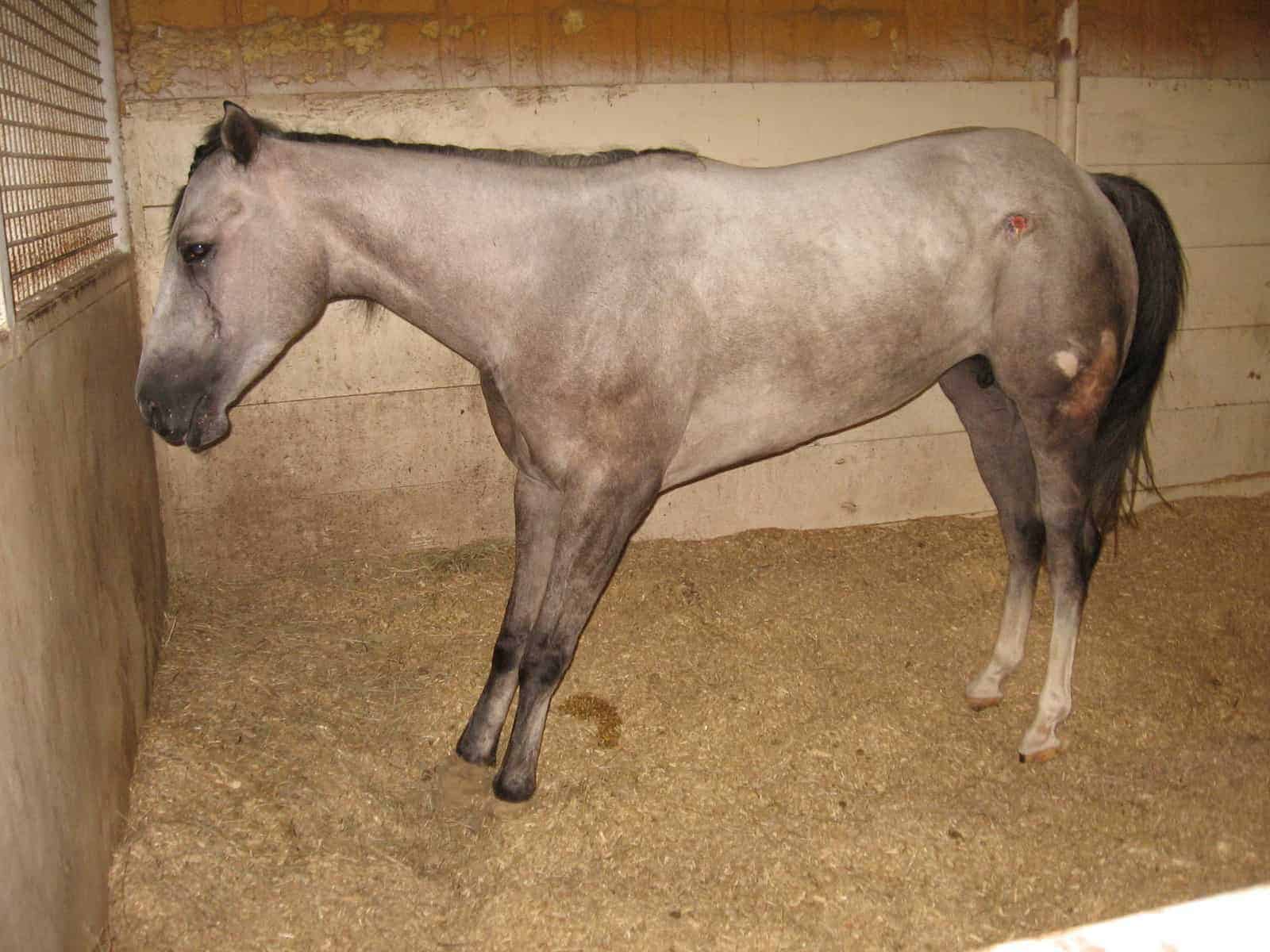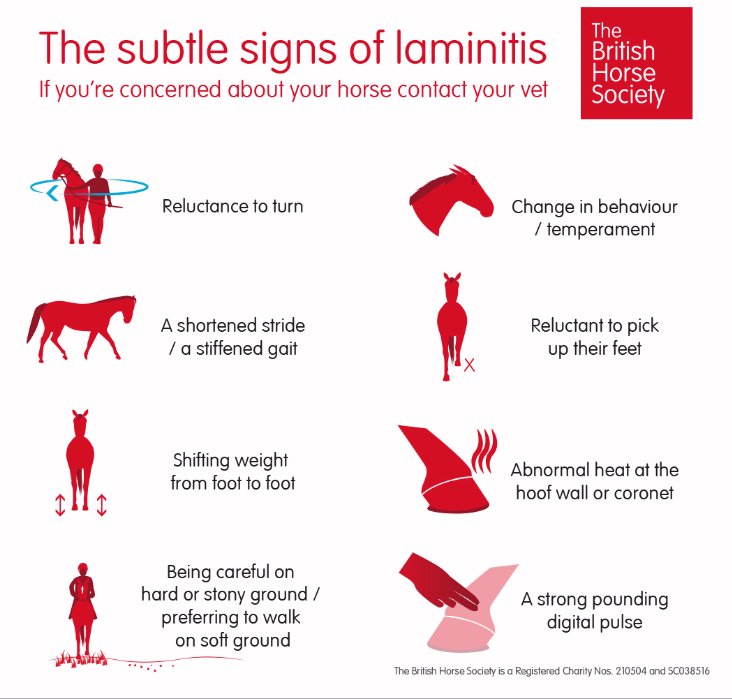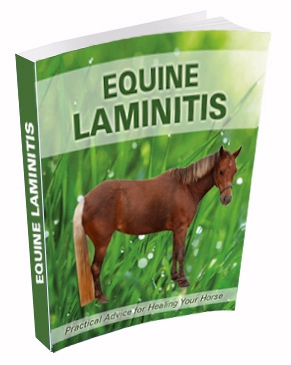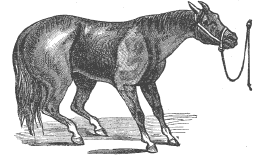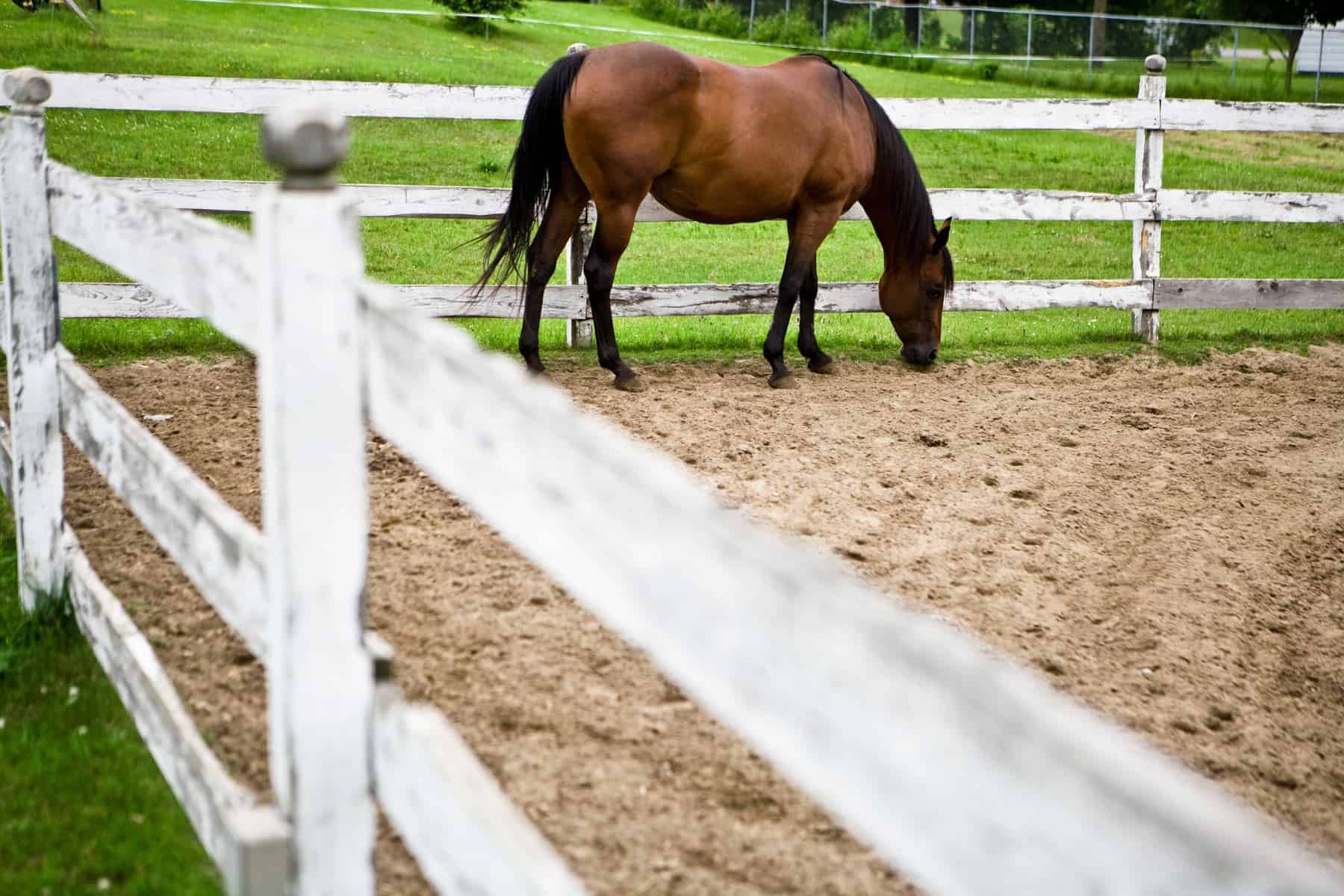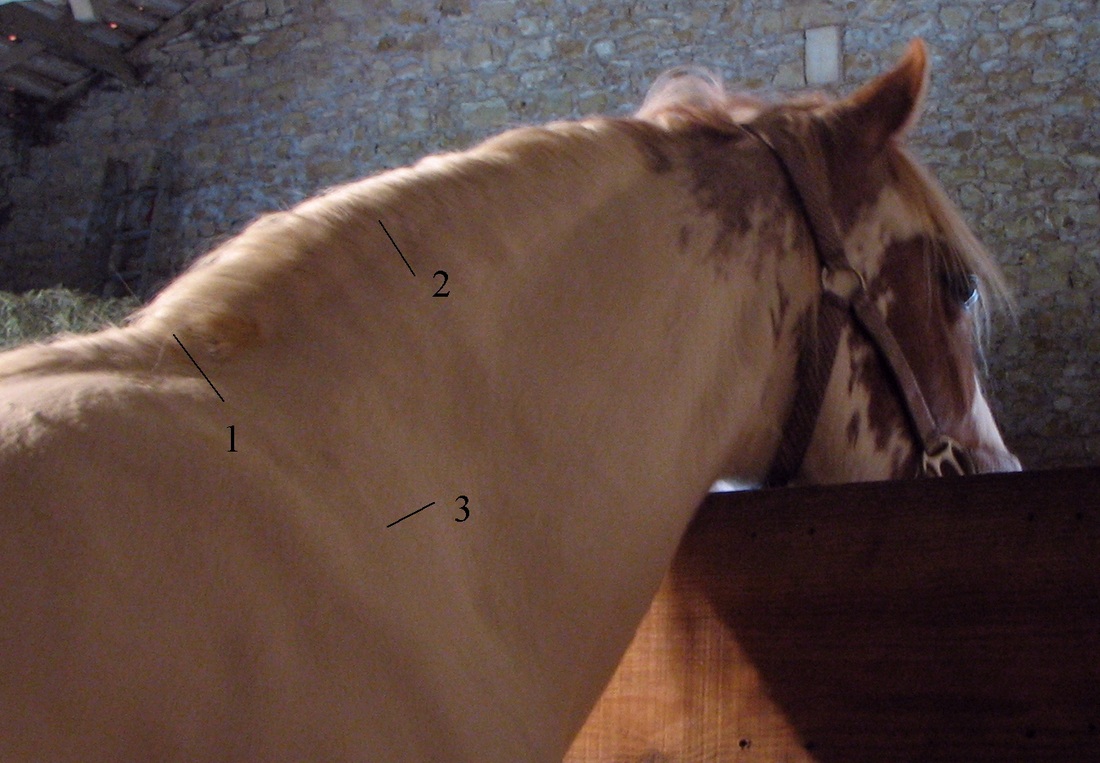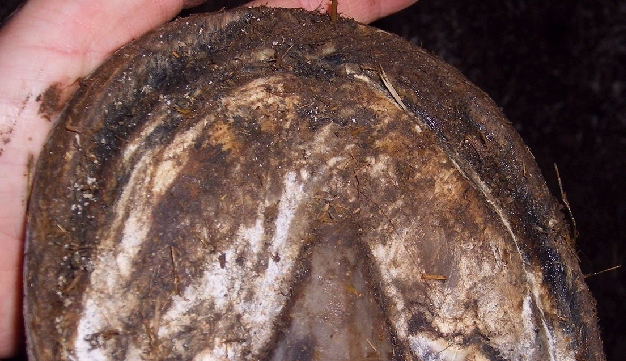Testing Diagnosing Equine Laminitis

Acute laminitis is in its acute phase during the first two or three days and at this point the coffin bone is unmoved.
Testing diagnosing equine laminitis. Whilst radiography and venogram methods are current diagnostic possibilities for laminitis both veterinarians and horse owners would benefit from the identification of reliable non invasive methods of laminitis recognition. A strong digital pulse can indicate other foot pain as well but a bounding digital pulse in both feet is a major clue that laminitis is to blame. A diagnosis of laminitis is based on clinical signs of lameness bounding digital pulses and radiographic findings. Blood tests will help reach a diagnosis.
Stop feeding all grain based feeds and pasture. Radiographic changes also vary with the severity and chronicity of the primary cause. Many of the clinical signs are clearly apparent when the laminitis is acute. A hoof that s hot for hours.
Ppid short for pituitary pars intermedia dysfunction formerly called equine cushing s disease should be considered for any horse with laminitis particularly if the horse is aged 10 or older or if laminitis occurs in the autumn. In acute laminitis diagnosis is usually straightforward and is based on the history eg grain overload and posture of the horse increased temperature of the hooves a hard pulse in the digital arteries and reluctance to move. In some cases however the cause is never found. Catching and diagnosing equine lameness early when you first notice something is not quite right gives your horse a better chance for a quick recovery.
Diagnosis of ppid should be made on the history clinical signs and blood tests. If your horse has had laminitis ask your veterinarian to make sure the situation has been resolved and then investigate why it may have happened. In acute laminitis it often presents as a bounding pulse making it a universally recognised diagnostic criterion.
